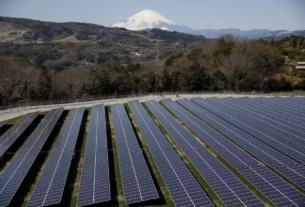In Short : Over the last two years, India has seen a sharp increase in solar module production, with a capacity of about 100 GW, easily satisfying domestic demand. But as export opportunities become more limited, especially since the U.S. reduced incentives, a recent analysis from a major financial institution warns of an overstock risk, which might put pressure on India’s plans for renewable infrastructure.
Although domestic demand is still strong, there are new export challenges.
Even though India’s solar installations increased by nearly 60% year over year in fiscal 2024–2025, reaching about 24 GW, the country’s robust domestic demand might not be able to keep up with the rapidly increasing output. Due to changing policies, exports to the U.S., which was historically the main destination, have decreased. This mismatch between manufacturing size and export flow could lead to module overcapacity.
Changes in Exports and Structural Hazards
India’s exports of solar modules to the United States increased by more than 23 times between FY22 and FY24. Demand from this important market has drastically decreased as a result of the phase-out of U.S. incentives and the shift in investments toward domestic manufacturing. To overcome these obstacles and maintain market access, several Indian businesses are turning to the establishment of facilities in the United States.
Upstream Limitations Are Highlighted by Policy Gaps
Despite the maturity of India’s module capacity, upstream sectors such as the production of solar cells and wafers or polysilicon still lag behind. The industry is susceptible to delays and cost pressures due to the absence of fully integrated supply chains, which emphasizes the need for further investment in clean energy value chain integration.
Wider Consequences for India’s Solar Policy
If left unchecked, this new glut could reduce profits, stymie investment, and make it more difficult for India to scale its solar infrastructure. Maintaining equilibrium between supply expansion and sustained market demand will require addressing both export diversification and upstream capacity bottlenecks.




